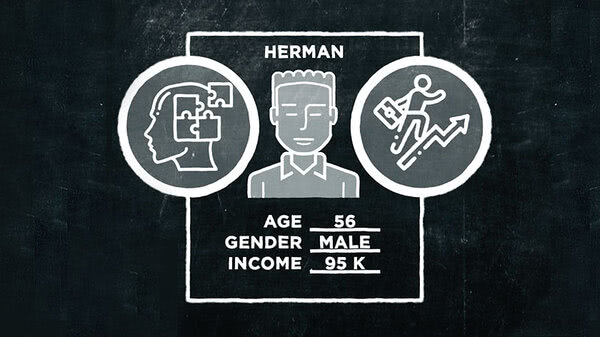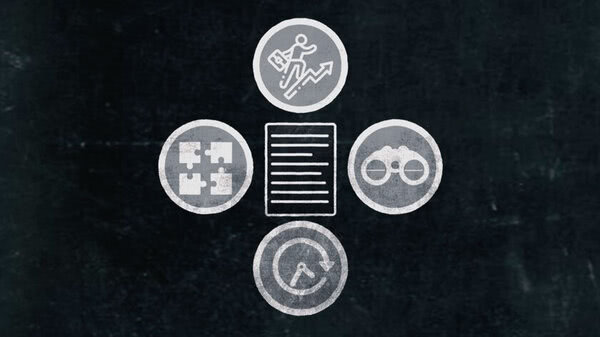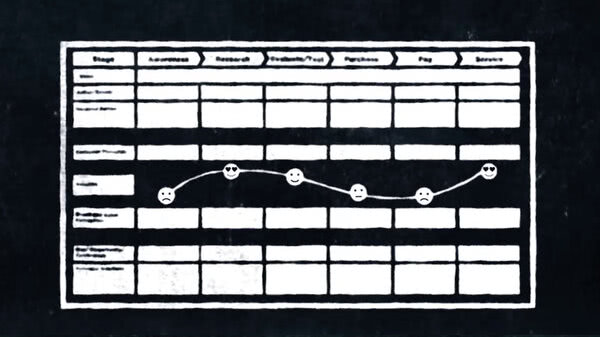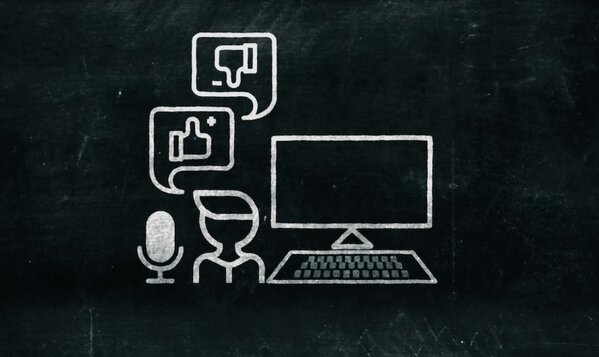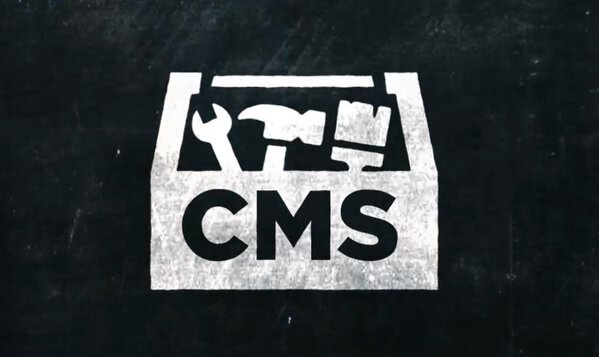So, in the last video, we sketched out Herman, the start of a persona. That was fine for getting our fins wet, but you can't create an accurate persona without research. In this video, we'll look at some of the kinds of research you might try.
The ideal research method is to interview a large number of actual visitors or users in person, which, if you'll recall, was for the small business called You've Got Fish, a mail-order tropical fish business. This will give you very specific information on which to base your persona.
There are two catches to this approach. The first is that what people say in an interview is not necessarily what they really do or believe. There's almost always a gap between how people present themselves and how they really are. The second problem is that an in-person interview is time consuming and, therefore, expensive.
Let's say your budget is limited. What are some of your research alternatives? This is where you want to get creative. You could visit the user forum of a website for tropical fish keepers. Buy a membership if you have to. Sure, the people there talk mainly about fish, but they also complain about all the stuff getting in the way of their hobby. Their jobs, their children, their homes, their spouses. They often have member profiles. The forum archives may contain years of posts, and you can glean some quite detailed information about these people.
If your project already has a website or a Facebook page, you may be able to conduct visitor surveys from there. If you have access to the site's analytics, these can be very helpful. For example, you might want to check traffic levels against the time of day, which in turn may offer clues as to whether your visitors are employed or not. Or just insomniacs.
If your project involves a business with customer-service department, they may have already collected a lot of data for you to tap.
Obviously, your research methods will depend on your particular project. But with a little imagination, you can almost always find better ways to gather information you need quite cheaply.
As research about your potential users comes in, it's a good idea to organize it so that you can take it in with a glance. The simplest way to do this is to enter it into a spreadsheet. In this example, we have your research subjects going down the rows and their common attributes in the columns. There are bound to be gaps in this data because we're gathering it largely from secondary sources. This is when you want to consider conducting some small-scale surveys or interviews to fill in those gaps.
Now that you have a better idea of where those holes are. For our next video, we're going to assume you've gathered enough data to make a start teasing out some patterns or commonalities that will allow us to start testing our initial sketch of Herman.




